
(See Bio)
 |
Henry Nicolle Opinion and Commentary
|
 |
 (See Bio) |
|
| Home |
Henry's Essays |
Issues |
Rawlins | Gossip and Rumor |
|
An animated piece on an earthen goblet that belongs to 5000 years ago
was found
in Burnt City in Sistan-Baluchistan province, southeastern Iran. On this ancient piece that can be called the first animation of the world, the artist has portrayed a goat that jumps toward a tree and eats its leaves.
The
earthenware found in Burnt City, one of the most developed civilizations
dating back to 5000 years ago, show the images of goat and fish more than any other subject. It seems these animals were used more than any other by the people of this city. On this goblet, with a diameter of 8 cm and height of 10 cm, the images show movement in an intricate way that is an unprecedented discovery. Some earthenware found in Burnt City show repetitive images, but none of them implicate any movements. "While excavating the grave in which the cream-colored goblet has been found, we came across a skeleton that probably belongs to the creator of this piece", Mansour Sajjadi, the Iranian archeologist responsible for excavations in Burnt City told CHN. The archeologists have managed to make an animated piece on the basis of these images in the form of a 20-second film. Sajjadi said, "The images we have come across in Burnt City have no precedence in prehistoric times." After 8 seasons of research in Burnt City, this 5000-year-old site dating back to 2nd or 3rd century BC still holds many secrets within. Burnt City was civilized and developed, and cherished very important ancient crafts including jewelry making and pottery. Here are the individual frames:
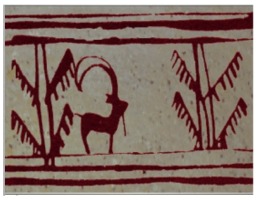

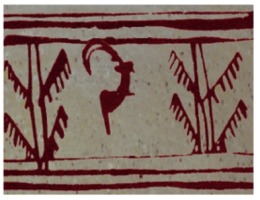
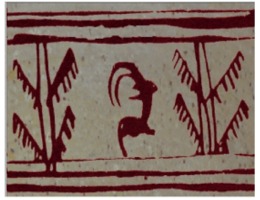
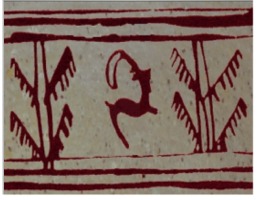

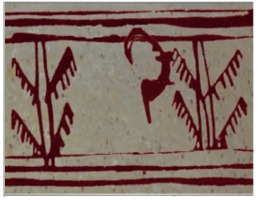
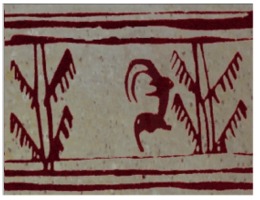
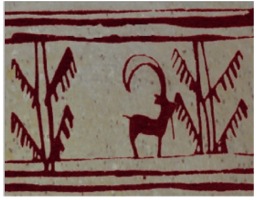
(Henry note: Pretty cool for a 5,000 year old goblet!
|
I would like to be able to examine the images in-situ. These appear to be re-created with the goat sequence placed upon a common, fixed background frame. Also, in the second frame, there is a ghost of the third goat. Are these artifacts of the modern scholars' desire to impress the viewer with the sophistication of the early artists, or are these peculiar aspects additional interesting elements of the goblet, and an indication of 'stamp-art', as created back then? Just curious.)
Always question the conduct and motives of those who presume superior
authority! It's dangerous to be ignorant.
Let's Talk! |